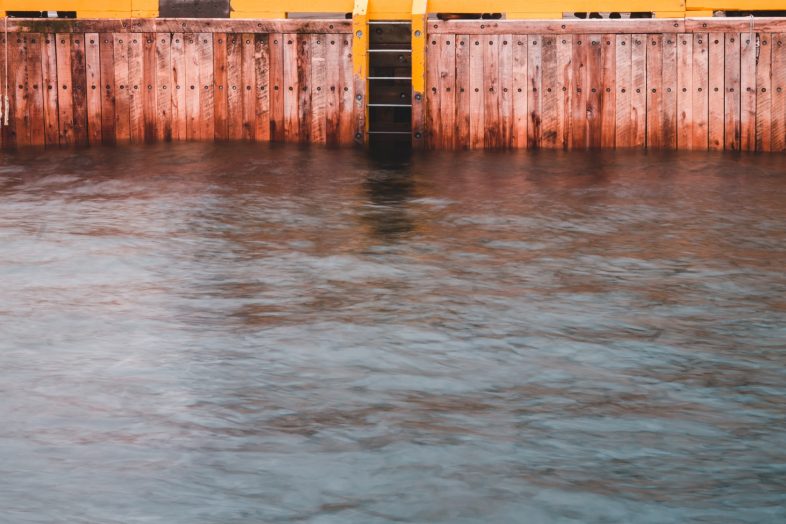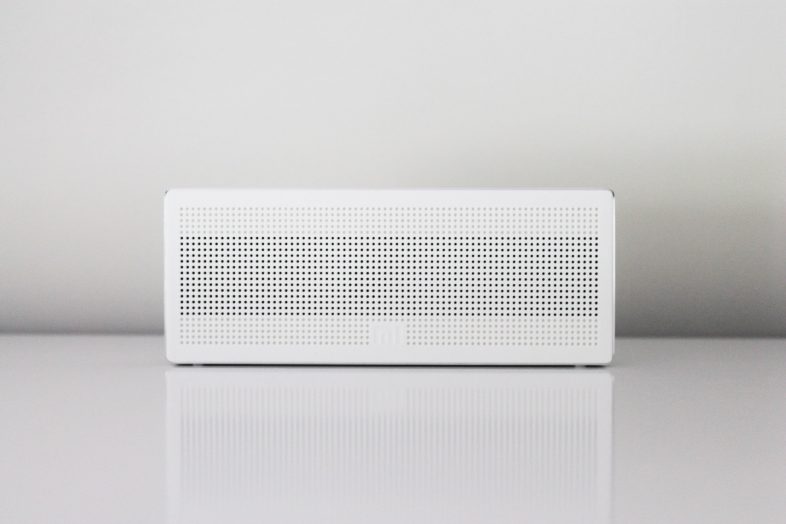The Life Cycle of Mold: How This Fungi Grows
Molds reproduce by forming small airborne spores. Due to their small microscopic size, mold has the ability to travel through several mediums like air, water, and mold bearing insects. Once these organisms come into contact with a surface that has the ideal conditions present (primarily moisture), the life-cycle begins.
There are thousands of types of mold, all having different life cycle patterns. Most forms of indoor mold follow the same four-stage life-cycle: Hypae growth, Spore formation, Spore liberation (dispersal), and Spore germination. Without the ideal conditions for growth (source of moisture, nutrients, and oxygen) mold cannot grow.
Mold is ubiquitous in that it has the ability to grow in both indoor and outdoor environments. It also has the ability to grow on any organic material so as long as there is moisture and oxygen present.
What is Mold
Mold belongs to the kingdom fungi and are referred to as Hyphomycetes. In nature, mold plays an important role as decomposers. They break down dead, organic material (cellulose, hemi-cellulose and lignin) like leaves, plants, and trees as well as other debris.
Mold grows in the form of multi-cellular strands known as hyphae. They then form large colonies of interconnected hyphae called mycelium.
Stages of Mold Growth
According to mold professionals Water Mold Fire, at a fundamental level, most molds reproduce by spores. They are similar in function to that of seeds from plants; they germinate when ideal conditions are met.
While spores can be produced in a variety of ways, they are relatively uniform in terms of dimension, color, and form for any given type of mold. However, the most basic difference between mold spores is their method of reproduction: either asexual (primary method of reproduction), or sexual.

Regardless of the method of reproduction, most indoor mold follows the following asexual life-cycle pattern:
1. Hyphae Growth
The hypha are the cells that start the life-cycle process. Hypha(e) are cellular strands that release digestive enzymes that help to decompose substrate for nutrition. As the hyphae consume the organic material the hyphae will form a large colony referred to as a mycelium.
Mold can’t get nutrients from inorganic materials like concrete, glass, metal, or plastic. However, dust layers containing carbon sources like human skin, pet dander, insect waste, and dirt can develop on the surface of these materials. As a result, mold can grow on these surfaces too.
2. Spore Production
Once the mycelium is established, the ends of some of the hyphae cells will form spores. Spore formation is highly dependent on environmental factors like the availability of substrate, oxygen levels, ambient temperature, and light. If the ideal conditions for spore formation aren’t met, the life-cycle process will stop.
3. Spore Liberation
The spores then liberate themselves for dispersal. As described above, they travel through mediums like air and water to start the germination process all over again. Unlike other organisms, mold spores are highly durable and can remain dormant for years in arid environments.
4. Spore Germination
Once the mold spore finds itself on a damp surface that has both nutrients and oxygen the spore will begin to germinate and form a new hypha cell. The life-cycle then repeats itself indefinitely.
What Promotes Mold Growth
Mold requires water, a carbon-containing nutrient source, and oxygen. Environmental factors like temperature also have an impact on the survive-ability of the mold.
Nutrient Source
Mold only grows on materials it can digest. When outdoors it will metabolize dead debris like leaves, trees, and plants. Indoors it can metabolize structural elements like wood, gypsum drywall, and paper.
Water
Mold thrives in climates with elevated levels of relative humidity (RH). Humidity is the presence of water vapor in the atmosphere. As the humid air comes into contact with colder surfaces it condenses and the structures material will absorb the water vapor.
Water leaks and flooding can be problematic for the same reasons.
Temperature
Ambient temperature in an environment can also have an impact on mold growth. Most fungi will grow well at temperatures between 40 – 100 degrees Fahrenheit. This temperature range is also what most humans find livable.
While mold won’t die at temperatures below 39 degrees Fahrenheit, the spores will simply lay dormant until the temperature is desirable for growth.
Oxygen
Mold are obligate aerobes, meaning, they only grow in the presence of oxygen. Meaning in order for mold to survive, it needs oxygen.
How to Prevent the Growth of Mold
Humidity Levels
Humidity adds moisture to surfaces through the process of condensation. As we’ve learned above, moisture and elevated temperatures facilitate in mold growth.
The EPA notes that the relative humidity in the home should be kept below 60 percent and ideally between 30-50 percent.
Dehumidifiers can be useful tools to help effectively remove moisture from the air.
Ensuring that home appliances like dryers are properly ventilated to exhaust the moisture outdoors will help to prevent mold growth.
As a result of humidity, pipes from hot water heaters and plumbing can condense the water vapor and create excess moisture. Using a closed-cell foam around the pipes will help to resist water penetration and subsequent moisture build-up that results in mold.
Ventilating the Home
The EPA notes that indoor air quality (IAQ) can be up to 2-5 times worse than outdoor levels. Opening windows and doors and ventilating the space allows for fresh air to enter and potentially harmful polluted air to exit.
Mold can only grow in the presence of oxygen, moisture, and organic nutrient rich material. Meaning if humidity and moisture levels are kept low, mold spores will remain dormant and can potentially be exhausted via air-streams.

Through the use of an air purification system featuring a HEPA (High Efficiency Particulate Air) filter, you can remove airborne mold spores from the surrounding area. A typical mold spore is 1-30 microns in size and a HEPA filter is capable of filtering particles as small as 0.03 microns.
The spores are effectively rendered sterile as the HEPA filter is a dry environment that mold can’t germinate.
Homes that have a central air conditioning system and furnace should also make use of HEPA filtration. This helps to mitigate the spread of mold spores through your duct-work. A MERV or Minimum Efficiency Reporting Value of 8 or higher is recommended (values range from 1 to 16).
A MERV rating of 8 results in 70 – 85% of particles 3.0 to 10.0 microns in size to be trapped. As we’ve learned above, a typical mold spore is 1-30 microns in size.
Essentially the higher the MERV rating the more efficient the filter will be at trapping airborne pollutants like mold spores.
How Long Does it Take for Mold to Grow
A mold colony of hyphae can grow on a moisture laden surface within 24 – 48 hours. Since mold is a microscopic organism, it’s presence isn’t visible until the mycelium is formed.
Spores will typically germinate and colonize in 3 – 12 days and become visible in 18 – 21 days.



